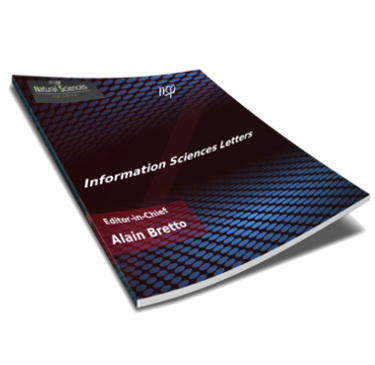
Information Sciences Letters
Abstract
Analytical and numerical solutions are obtained for two-dimensional advection-diffusion equation, using Laplace transformation technique and explicit finite difference method for the pollutant concentration in a river or in shallow aquifer with time-dependent dispersion coefficients. We take two cases, first case: concentration of increasing nature (mixed type or third type) is considered at the origin and initially the domain is solute free. Second case: the river’s water is polluted initially (at time t = 0 ) while at the origin, at time t > 0, the source of pollution is removed by releasing fresh water. We have proved mathematically the fact that the high concentration of pollutant can be reduced by releasing adequate discharges from barrage in a river. Both the dispersion coefficients, the velocity components and first order decay term are considered exponentially decreasing function of time. The different effects of the parameters controlling the pollutant dispersion along the river at any time are studied separately with the help of figures. The parameters that have a role in removing or reducing concentration of pollutant along the river have been studied in detail. When comparing the analytical solution with the numerical solution, we found a very good agreement between them. For a real situation, our simple model can provide decision support for planning restrictions to be imposed on farming and urban practices.
Recommended Citation
Ibrahim, Fayez; Saleh, Ahmed; Wadi, Ali; and Hadhouda, Mohamed
(2022)
"Remediation of pollution in a river by releasing clean water using the solution of advection-diffusion equation in two dimensions,"
Information Sciences Letters: Vol. 11
:
Iss.
5
, PP -.
Available at:
https://digitalcommons.aaru.edu.jo/isl/vol11/iss5/7

